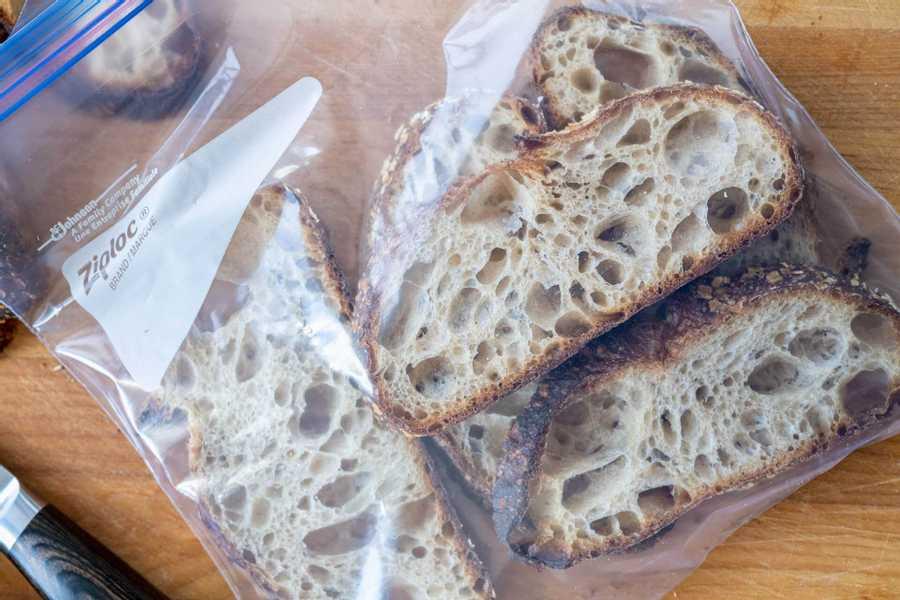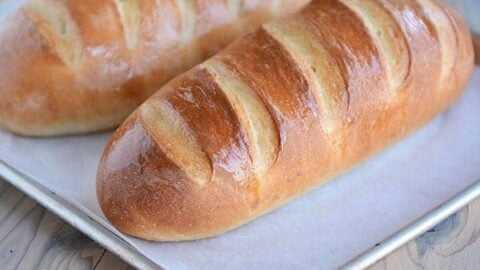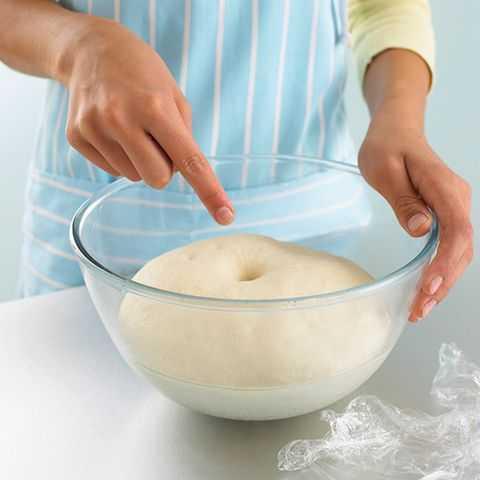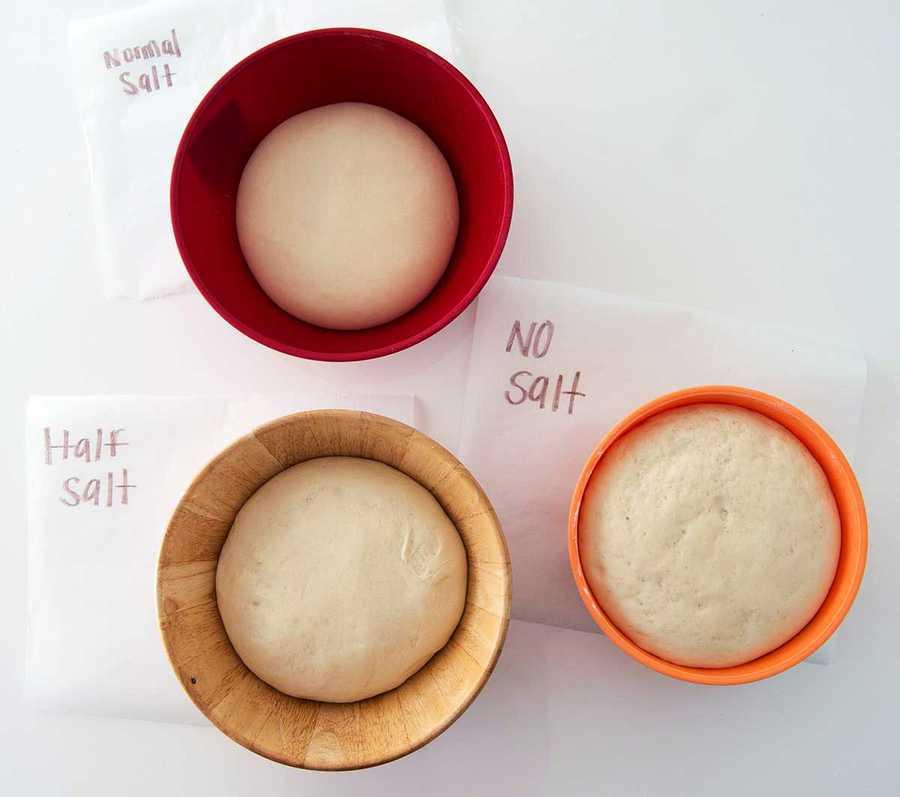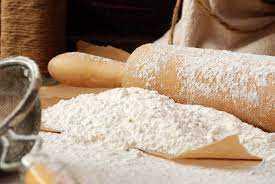Explore the World's Best Ideas
Join today and uncover 100+ curated journeys from 50+ topics. Unlock access to our mobile app with extensive features.
Baking bread: Yeast-free and gluten-free alternatives
Yeast-free alternatives:
- Chapatis
- Rye bread from sprouted wheat
- Tortilla bread from corn
Gluten-free flour alternatives:
- Rice
- Chickpea
- Soy
- Bean
- Corn
21
600 reads
Keeping bread fresh
The best way to keep homemade bread fresh is to bake it, let it cool, then place it in the freezer.
The reason why we need to put it in the freezer is that the moment we take the bread out of the oven it starts to lose its moisture.
Starch retrogradation is the chemical reaction that changes the structure of starch molecules and forces water out of the bread.
16
81 reads
Crusty top bread
The Maillard Reaction is the name of the chemical reaction that happens between amino acids and sugars. This chemical reaction also requires moisture and heat in order to happen.
The brown crusty top is the result of the chemical reaction stated above. If you want your bread to have it you can do either of the two:
- spray the dough with water a few times while it is cooking; or
- fill a baking tray with ice cubes and place it in the bottom of your preheated oven.
15
42 reads
Finger test your dough
Once your dough has doubled its size, press the dough with your finger -- if it bounces back then that means it is ready to be baked. Anything otherwise means that it needs more time to be proved.
15
57 reads
Proving cupboards
Proving activates the yeast in the dough. You don't need proving cupboards in order to perfect making bread.
Although cupboards provide constant temperature and humidity, they can be done just by covering your dough with a tea towel. It is also possible to cold prove the dough at room temperature or you can leave your dough in a warm oven.
13
38 reads
Forget me not: Salt
When you put salt in the dough that has yeast in it, it absorbs moisture that aids in controlling the fermentation process.
The reason why salt does that is that salt is hygroscopic so it attracts water.
14
52 reads
Know your yeast!
Bakers use one species of yeast called Saccharomyces cerevisiae that means "sugar-eating fungi."
Yeasts are single-celled organisms that help make the bread light and bubbly.
Bread connoisseurs prefer live yeast but dry yeast has a longer shelf life. If you're open to a yeast recommendation, instant yeast is the way to go. It's way dehydrated than dry yeast and it works on the bread quicker and has a longer shelf life than the already dry yeast.
14
36 reads
Knead, knead, knead
Kneading your dough lines up the messy strands of gluten and makes your bread stronger.
13
45 reads
Use strong flour
If you don't want heavy and dense bread, make sure to use strong flour. Strong flour has high amounts of protein in which contains glutenin and glian that makes gluten when water is added into the mix.
The gluten gives it its elasticity and enables the dough to rise with a good structure.
13
35 reads
Our relationship with bread
Archeological artifacts that are discovered many years ago prove to us that bread has and always will be comfort food to most of us.
Natufian hunter-gatherers were making flatbreads from wild cereals from over 12,000 years ago but it's possible that baking could have started even earlier.
13
47 reads
IDEAS CURATED BY
Maria 's ideas are part of this journey:
Learn more about food with this collection
How to ask open-ended questions
How to avoid awkward silences
How to show interest in others
Related collections
Similar ideas
Read & Learn
20x Faster
without
deepstash
with
deepstash
with
deepstash
Personalized microlearning
—
100+ Learning Journeys
—
Access to 200,000+ ideas
—
Access to the mobile app
—
Unlimited idea saving
—
—
Unlimited history
—
—
Unlimited listening to ideas
—
—
Downloading & offline access
—
—
Supercharge your mind with one idea per day
Enter your email and spend 1 minute every day to learn something new.
I agree to receive email updates


